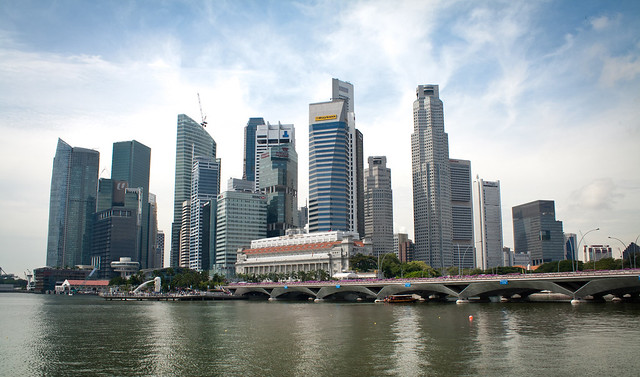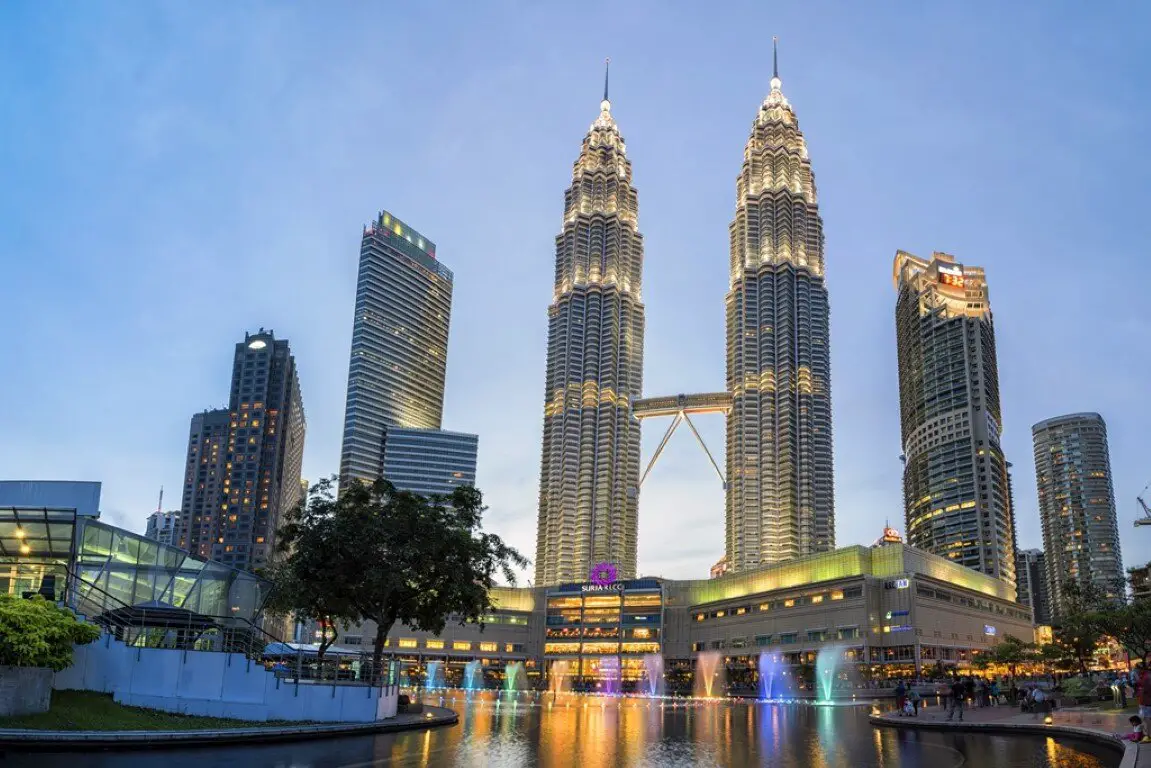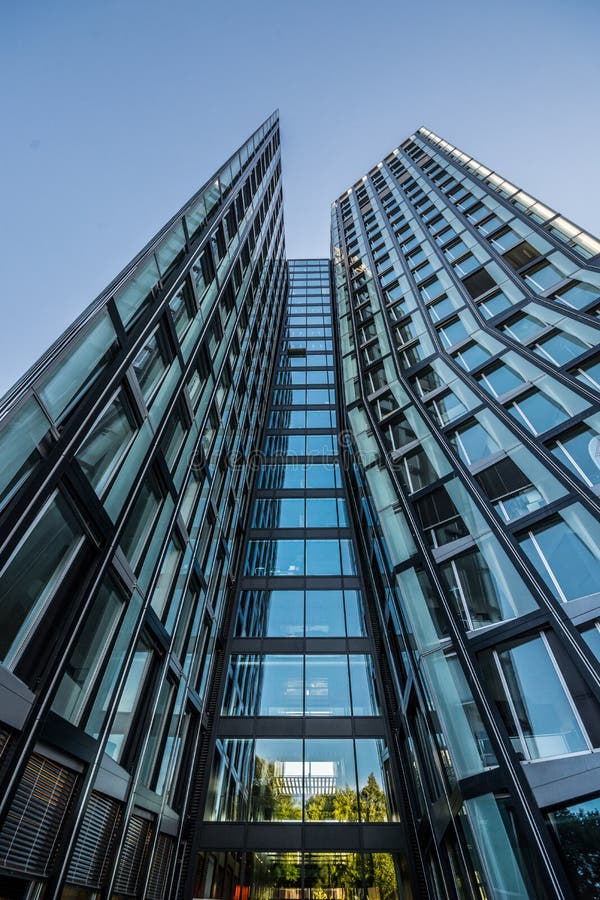


The skylines of many important medieval cities had large numbers of high-rise urban towers. Surviving Oxyrhynchus Papyri indicate that seven-storey buildings even existed in provincial towns, such as in 3rd century AD Hermopolis in Roman Egypt. The lower floors were typically occupied by either shops or wealthy families, while the upper stories were rented out to the lower classes. 30 BC-14 AD), attempted to establish limits of 20–25 m for multi-storey buildings, but met with only limited success. Several emperors, beginning with Augustus (r. High-rise apartment buildings already flourished in classical antiquity: ancient Roman insulae in Rome and other imperial cities reached up to 10 and more stories. However, being uninhabited buildings, none of these buildings actually complies with the definition of a skyscraper. Its height was not surpassed for thousands of years, possibly until the 14th century AD with the construction of Lincoln Cathedral (though its height is disputed), which in turn was not surpassed in height until the Washington Monument in 1884. The tallest building in ancient times was the Great Pyramid of Giza in ancient Egypt, which was 146 metres (479 ft) tall and was built in the 26th century BC.

Until the 19th century, buildings of over six stories were rare, as having great numbers of stairs to climb was impractical for inhabitants, and water pressure was usually insufficient to supply running water above 50 m (164 ft). Modern skyscrapers are built with materials such as steel, glass, reinforced concrete and granite, and routinely utilize mechanical equipment such as water pumps and elevators.

The 16th-century city of Shibam consisted entirely of over 500 high-rise tower houses. Ī loose convention of some in the United States and Europe draws the lower limit of a skyscraper at 150 metres (~500 ft). The skyscraper, in name and social function, is a modern expression of the age-old symbol of the world center or axis mundi: a pillar that connects earth to heaven and the four compass directions to one another. The word skyscraper often carries a connotation of pride and achievement. Note that this criterion fits not only high-rises but some other tall structures, such as towers. The Emporis Standards Committee defines a high-rise building as "a multi-storey structure between 35–100 metres tall, or a building of unknown height from 12–39 floors" and a skyscraper as "a multi-storey building whose architectural height is at least 100 metres." Some structural engineers define a highrise as any vertical construction for which wind is a more significant load factor than earthquake or weight. Today, however, many of the tallest skyscrapers are built almost entirely with reinforced concrete. The steel frame developed in stages of increasing self-sufficiency, with several buildings in Chicago and New York advancing the technology that allowed the steel frame to carry a building on its own. This definition was based on the steel skeleton-as opposed to constructions of load-bearing masonry, which passed their practical limit in 1891 with Chicago's Monadnock Building. The structural definition of the word skyscraper was refined later by architectural historians, based on engineering developments of the 1880s that had enabled construction of tall multi-storey buildings. Even the scholars making the argument find it to be purely academic. Some point to New York's seven-floor Equitable Life Assurance Building, built in 1870, as an early skyscraper for its innovative use of a kind of skeletal frame, but such designation depends largely on what factors are chosen. The first steel frame skyscraper was the Home Insurance Building (originally 10 storeys with a height of 42 m or 138 ft) in Chicago, Illinois in 1885. The term was first applied to buildings of steel framed construction of at least 10 storeys in the late 19th century, a result of public amazement at the tall buildings being built in major cities like Chicago, New York City, Detroit, and St. The word "skyscraper" originally was a nautical term referring to a small triangular sail set above the skysail on a sailing ship.


 0 kommentar(er)
0 kommentar(er)
